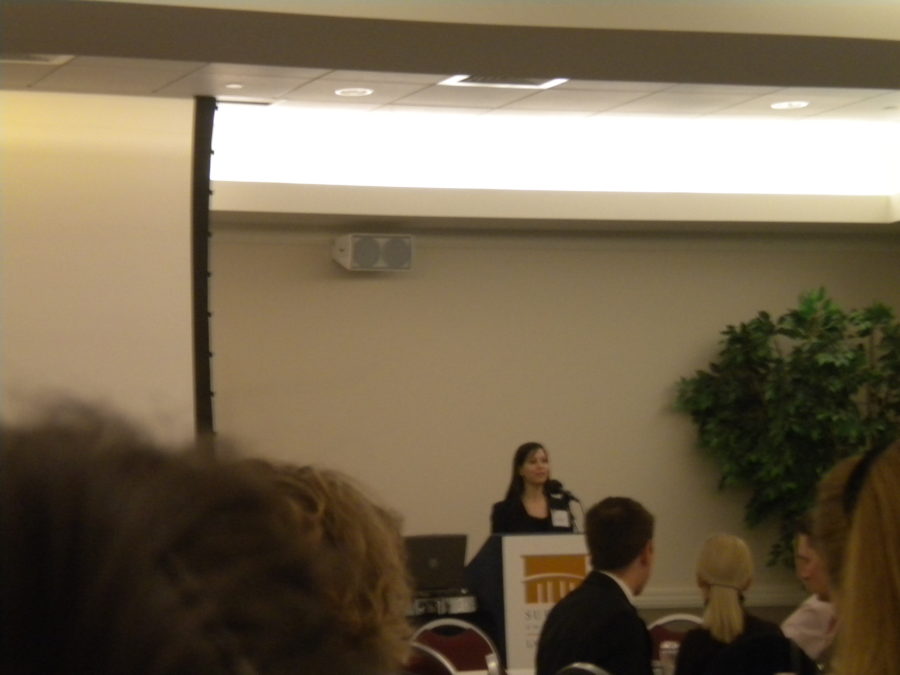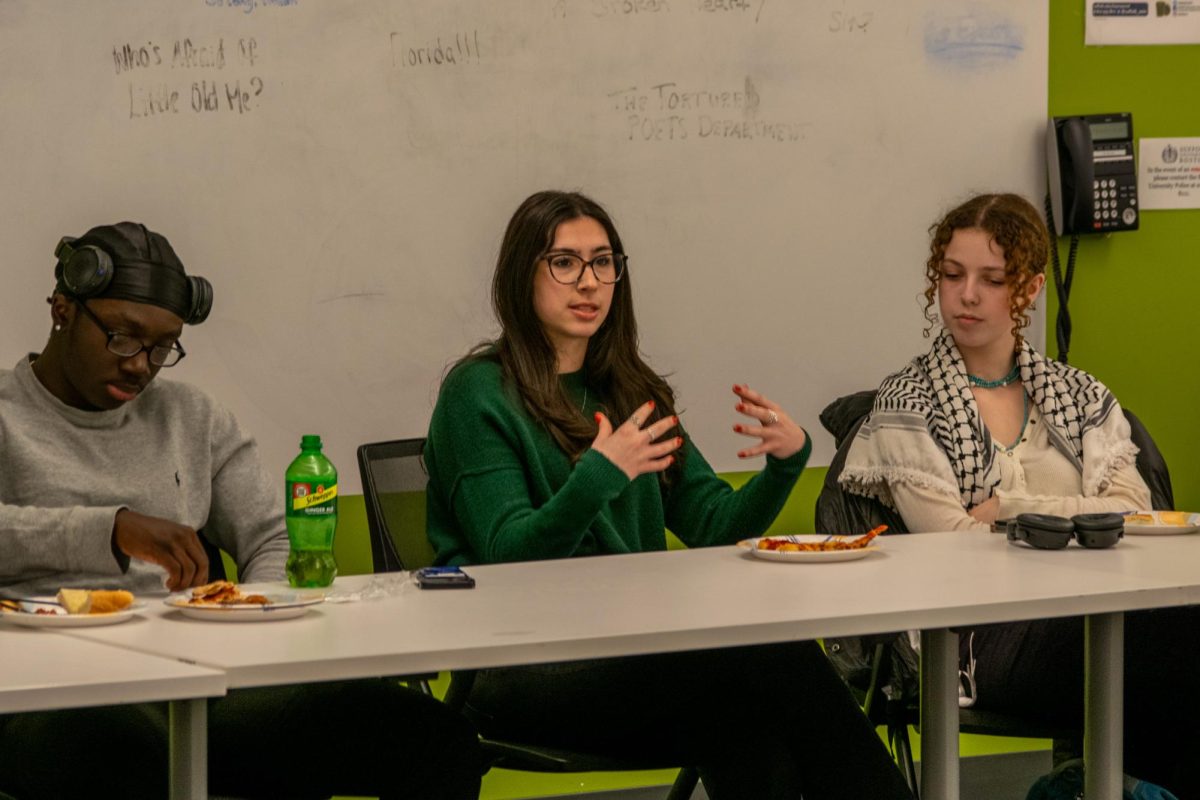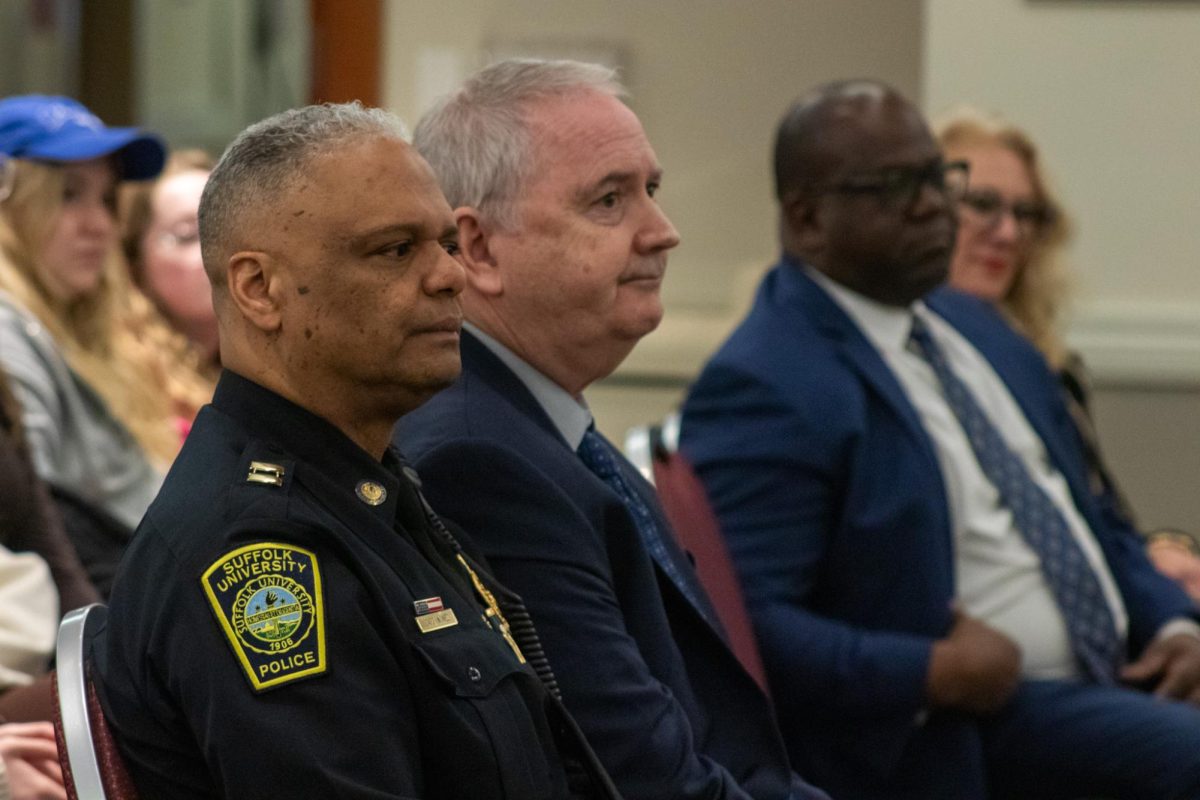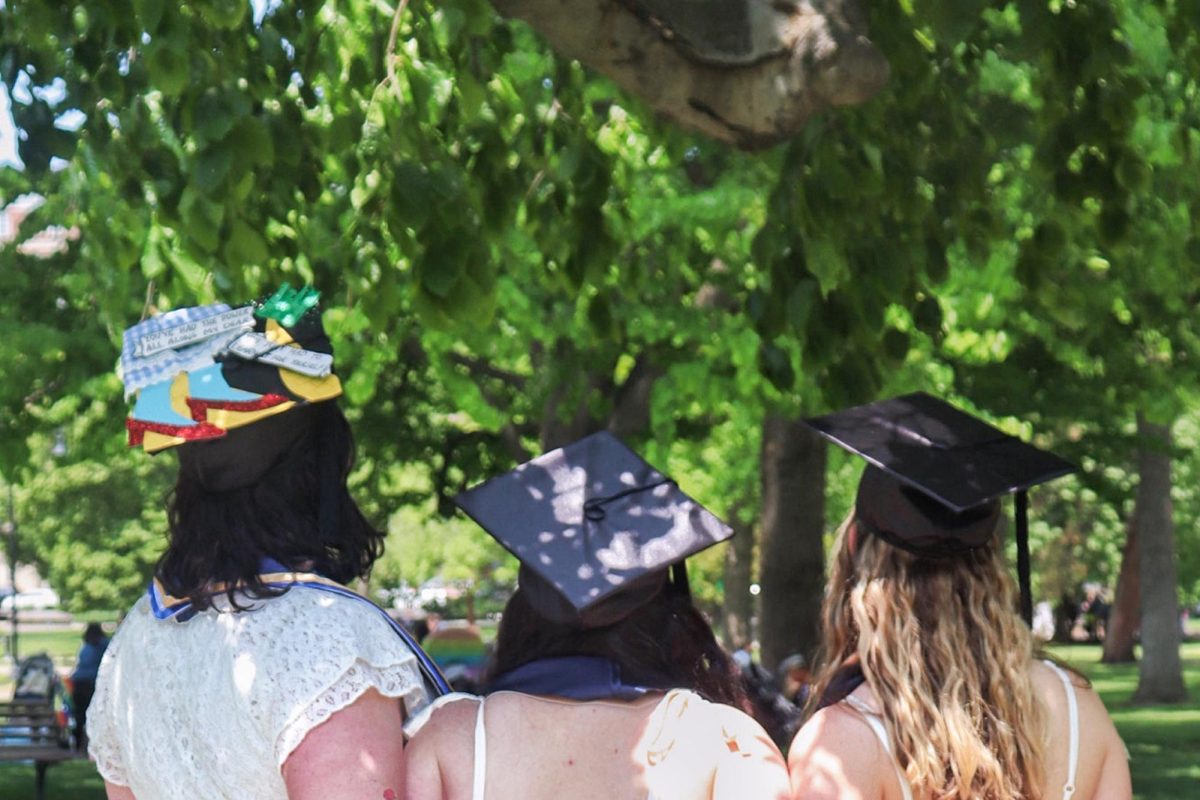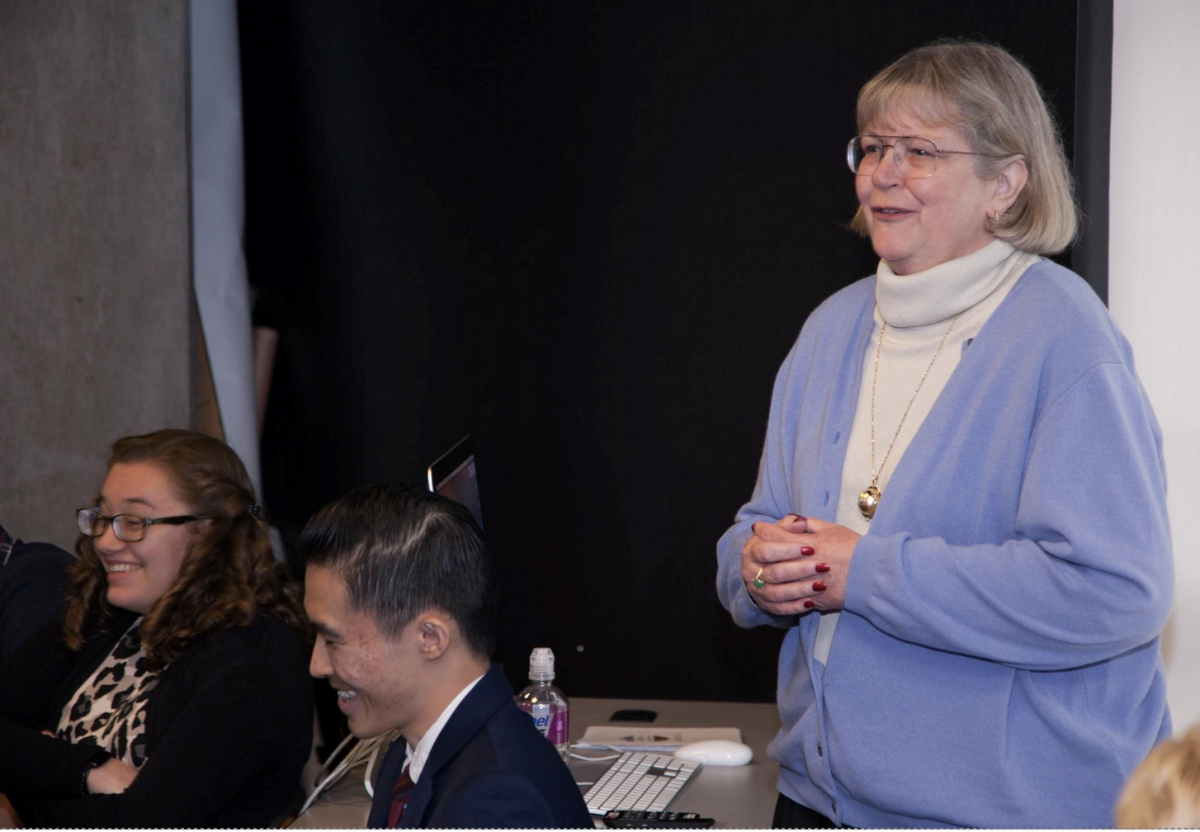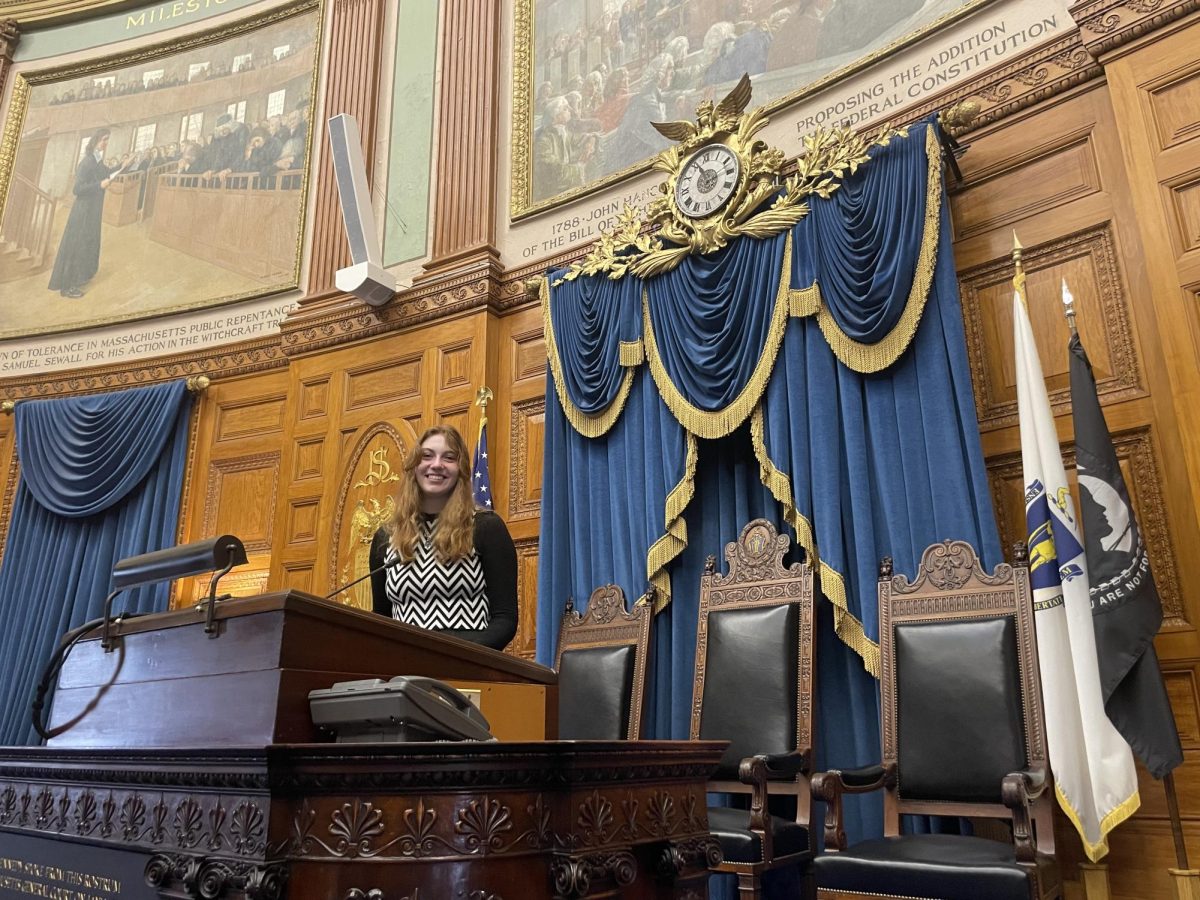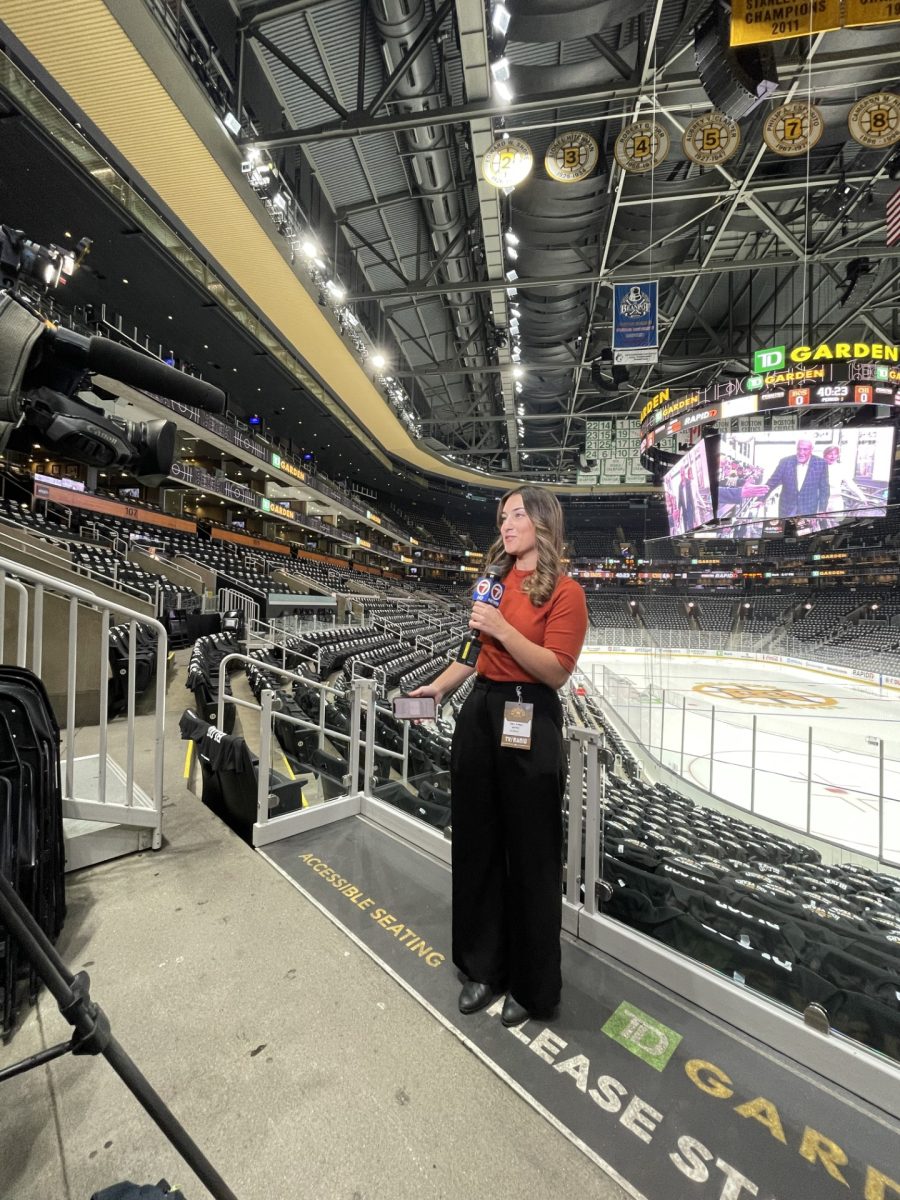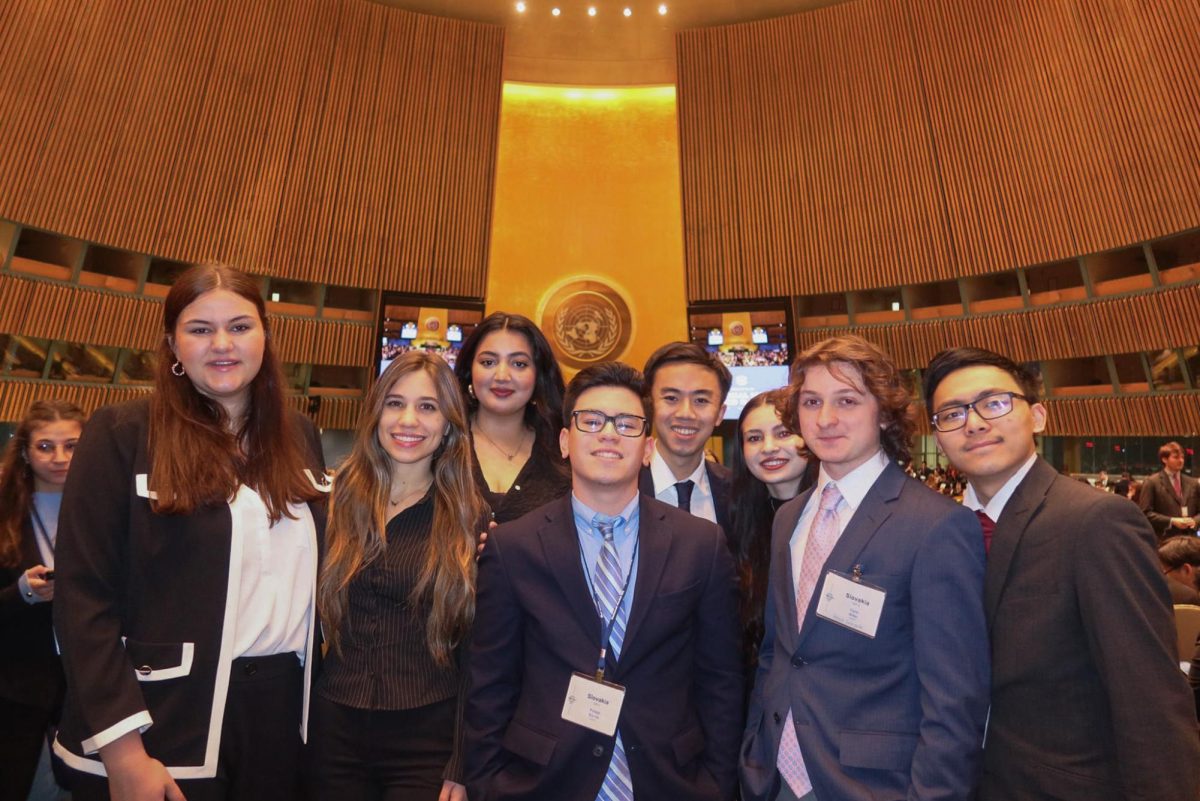The Suffolk Law School’s Rappaport Center hosted the Journal of Health and Biomedical Law annual symposium last Wednesday on an increasingly controversial issue: Assisted Reproductive Technology.
Assisted Reproductive Technology (ART) has become a greater issue of ethical debate in the recent years, as technology and knowledge of the area has become stronger.
According to the Center for Disease Control’s (CDC) website, “ART includes all fertility treatments in which both eggs and sperm are handled.”
ART procedures, such as in vitro fertilization, utilized in the United States since 1981, generally involve the use of surgery to remove eggs from a woman’s ovaries to combine them with sperm in a laboratory before returning them to a woman’s body, says the CDC.
According to Professor Renee Landers, the Faculty Director of the Health & Biomedical Law Concentration at Suffolk’s Law School who moderated the event, ART was a great choice for this year’s symposium because it touches all areas of health law, including economic and constitutional.
Entitled, “To Be or Not to Be: Emerging Legal and Ethical Issues, Advances, and Controversies in Assisted Reproductive Technology”, the symposium was co-sponsored by the Rappaport Center for Law and Public Service, Suffolk Law’s Health & Biomedical Law Concentration, and the Suffolk University Center for Women’s Health and Human Rights.
The three-and-a-half hour symposium featured presentations from a panel of professors, a panel discussion moderated by Renee Landers, and a question-and-answer segment. Ilenna Stein, Editor-in-Chief of the Journal of Health and Biomedical Law spoke briefly as well.
The panel included Professor John A. Robertson, Vinson & Elkins Chair from the Texas University School of Law, Professor George J. Annas, William Fairfield Warren Distinguished Professor and Chair from the Department of Health Law at Boston University, Professor Charles Kindregan from Suffolk’s Law School, and Amy Agigian, an Associate Professor of Sociology at Suffolk University.
Issues brought up by the presenters included constitutional issues, human rights, human trafficking, and the controversies arising from the desire to use of gametes of deceased persons to create genetically related children.
Professor Robertson, whose presentation was entitled “Constitutional Issues in Assisted Reproduction: Embryos, Families, and Offspring Selection”, informed the audience on three major controversies surrounding ART today, which include the handling and rights of embryos outside the body, how ART will change family structures, and the ability to hand-select offspring traits.
A major issue in the utilization of ART, according to Robertson, is that individuals have the ability to screen and select which eggs they want to use, avoiding the eggs with genetic disabilities. Many people believe that this will lead to individuals picking eggs based on trivial characteristics like eye color or athletic ability.
Robertson refutes this, however, stating that traits such as eye-color are single gene, and thus one would need to know genetic combinations in order for that to be possible.
“This has brought so many benefits. I assume it will continue to do so,” remarked Robertson in his presentation.
However, there were other panelists with different views, resulting in a very well-rounded display of information that allowed the audience to formulate opinions for themselves.
Professor Annas, who remarked that he tends to look at the dark side of things, believes that Assisted Reproductive Technology could lead to a new form of human trafficking.
Stein was extremely pleased with the outcome of the event, noting that the speakers were thought-provoking and the attendees were engaged, which made for a very intriguing question-and-answer session.
“Overall, I’m pleased that the Journal of Health & Biomedical Law was able to contribute to the discourse in this field,” said Stein. “I’m very proud of all of the editors and staff who made this event so successful.”


